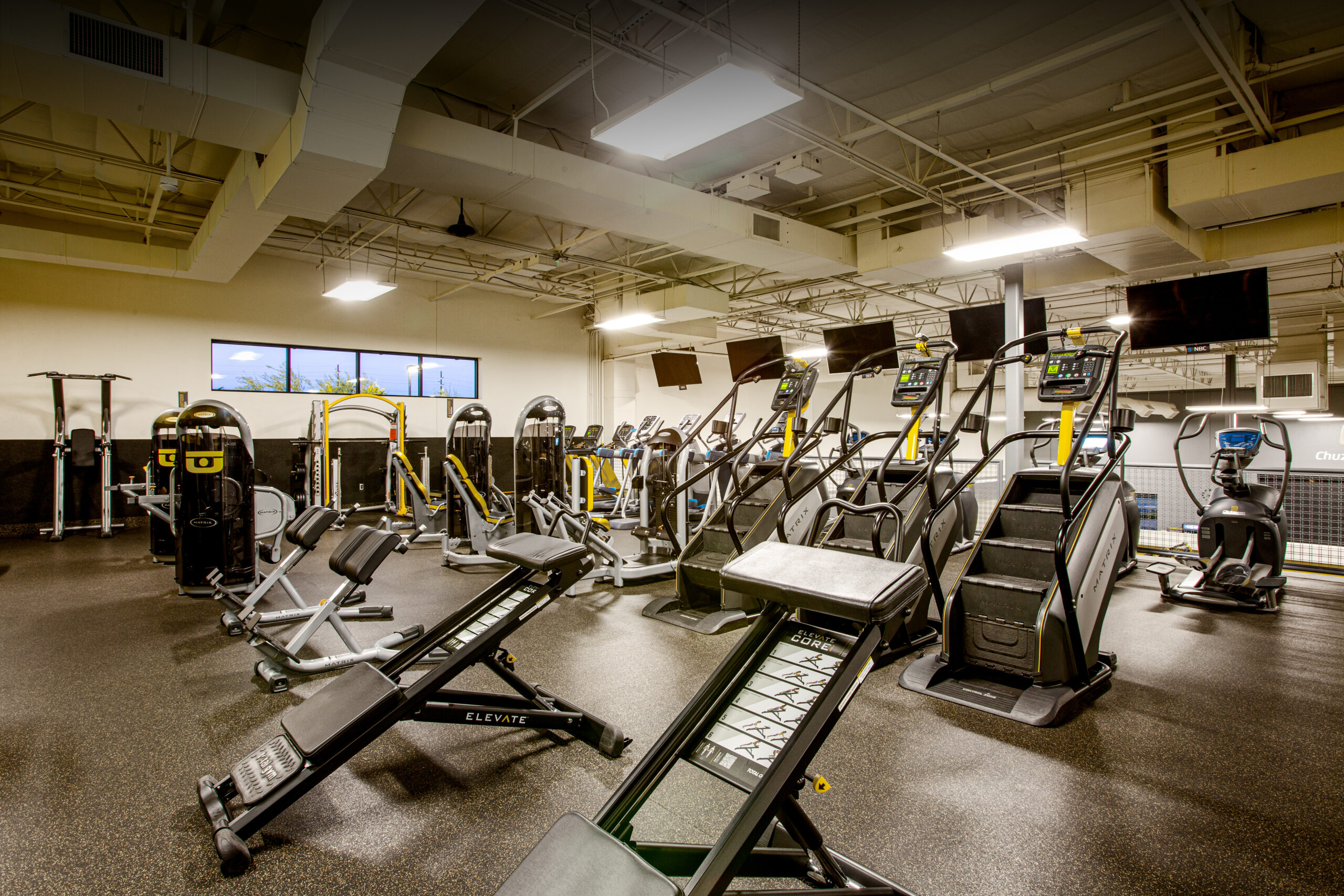How to Train for Hiking
How to Train for Hiking Hiking is a great way to get outdoors, challenge your body, and connect with nature. Whether you’re planning a day hike or a long trek, training for hiking is important to make sure you’re prepared for the physical demands of the trail. Training for backpacking or hiking requires a combination […] The post How to Train for Hiking appeared first on Chuze Fitness.

How to Train for Hiking
Hiking is a great way to get outdoors, challenge your body, and connect with nature. Whether you’re planning a day hike or a long trek, training for hiking is important to make sure you’re prepared for the physical demands of the trail. Training for backpacking or hiking requires a combination of endurance, strength, and agility, as well as proper fueling and hydration. In this article, we’ll provide tips and exercises to help you train effectively and safely for your next hiking adventure.
Endurance
Endurance is essential for hiking, especially if you’re planning a long-distance hike or backpacking trip. The best way to build cardiovascular endurance is to start slow and gradually increase your hiking distance and elevation over time. Begin with shorter, easier hikes, and gradually increase the difficulty to a longer hike.
Another effective way to build endurance is incorporating cardio training into your workout routine. Running, cycling, and swimming are all excellent forms of cardio that can help improve your cardiovascular health and stamina. Aim to do at least 30 minutes of cardio exercise, three to four times per week, to build endurance for hiking.
Strength and Agility
Hiking requires not only endurance but also strength and agility. Resistance training, such as weightlifting, can help build the lower body and core muscles necessary for hiking, such as your legs, glutes, and core. Incorporate exercises such as squats, lunges, and step-ups into your workout routine to improve lower body strength. Don’t forget to also work your upper body, including your back, shoulders, and arms, as you may need to carry a backpack or trekking poles on your hike. Exercises like push-ups and pull-ups can help improve your overall strength and balance.
In addition to resistance training, balance and stability exercises can help improve your agility and reduce the risk of injury on the trail. Exercises such as single-leg squats, planks, and yoga poses can help improve your balance and stability, making it easier to navigate uneven terrain on the trail. Plyometric exercises like jump squats or box jumps can also help improve your overall agility, as well as yoga or pilates to help improve your balance and flexibility.
A Training and Workout Plan
To create a hiking training plan, start by setting a goal for your hike, such as distance or elevation gain. Then, gradually increase your training over time to match your goal. For example, if you’re planning a 10-mile hike with 2,000 feet of elevation gain, start by hiking shorter distances with less elevation and gradually increase over several weeks or months.
Gradually increasing your hiking distance and elevation over time is essential to build endurance, but it’s important to do so at a pace that’s right for you.
In addition to hiking, incorporate a variety of workouts into your training plan, including cardio, resistance and strength training, and balance and stability exercises. Aim to work out three to four times per week, with at least one rest day between workouts to allow your body to recover.
Fueling and Hydrating
Proper fueling and hydration are essential for hiking, especially on long-distance treks or backpacking trips. Aim for a balanced diet with plenty of fruits, vegetables, lean protein, and carbohydrates to fuel your body for hiking. Drink plenty of water before, during, and after your hike, and consider carrying a hydration pack or water bottle with you on the trail.
The Right Gear and Clothing
Selecting the right gear and clothing for hiking can make a big difference in your comfort and safety on the trail. Invest in a sturdy pair of hiking boots with good ankle support and traction, as well as breathable clothing that can keep you dry and comfortable on the trail. Consider carrying a backpack with essentials such as a first-aid kit, map and compass, and extra food and water.
Prepare for Your Next Adventure with Chuze
Hiking provides many benefits including staying active, relieving stress, and enjoying the outdoors. As mentioned above, it’s very important to prepare your body for a hike through exercise. A combination of endurance, strength, and stability exercises is usually recommended. And if you’re looking for a place to start, look no further than Chuze.
At Chuze Fitness, you have access to a range of exercise equipment and fitness classes but with a gym membership, you can also benefit from exclusive deals and added amenities. These offerings can help get you ready for your next hiking trip. For a more personalized plan, you can even team up with one of our friendly and knowledgeable personal trainers to help you achieve your goals and get you outdoors! Find a gym near you today!
 Reviewed By:
Reviewed By:
Ani is the Vice President of Fitness at Chuze Fitness and oversees the group fitness and team training departments. She’s had a 25+ year career in club management, personal training, group exercise and instructor training. Ani lives with her husband and son in San Diego, CA and loves hot yoga, snowboarding and all things wellness.
The post How to Train for Hiking appeared first on Chuze Fitness.
What's Your Reaction?




























































































